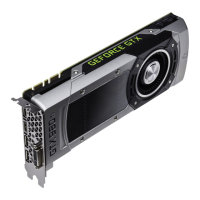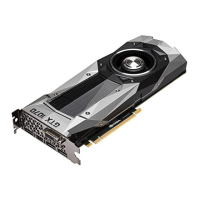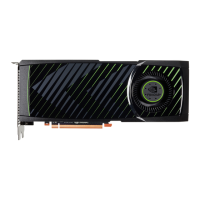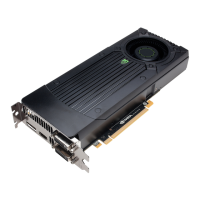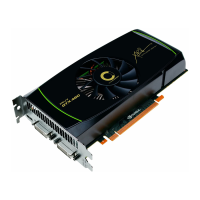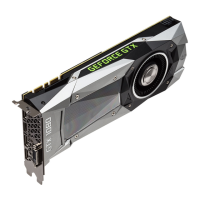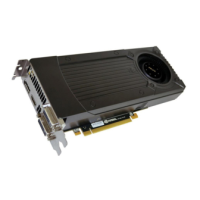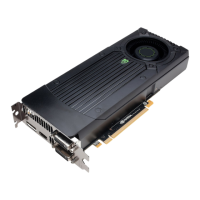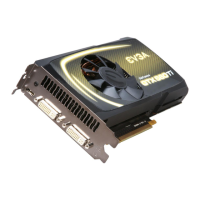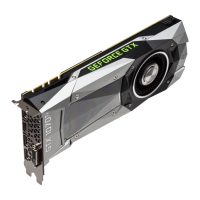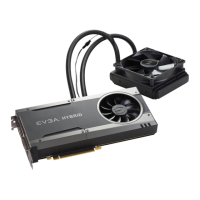GeForce GTX 980 Whitepaper
ADVANCING THE STATE-OF-THE-ART
IN IMAGE QUALITY
29
Dynamic Super Resolution
Thanks to rapidly falling LCD prices, the popularity of 4K displays has surged this year. But not all gamers
want to spend the money on a new monitor. For the eye candy purists who don’t want to splurge but
want to approximate the crisper visuals of a 4K panel, many have turned to the process of
“downsampling.” This is where the GPU renders the game at a resolution higher than the screen can
display, and then scales the image down to the native resolution on output to the user’s display.
Downsampling require users to set up custom displays with the graphics driver control panel, and adjust
various low-level display parameters to appear properly. So it’s not necessarily the friendliest way to
improve image quality. Also, while downsampling can provide a significant improvement in image
quality, artifacts are sometimes observed on textures and when certain post-processing effects are
applied.
To address the usability and quality issues, NVIDIA has developed a method called Dynamic Super
Resolution. In principal, Dynamic Super Resolution works like traditional downsampling, but it has a
simple on/off user control, and it uses a 13-tap Gaussian filter during the conversion to display
resolution. The high-quality filter reduces or eliminates the aliasing artifacts experienced with the simple
downsampling, which relies on a simpler box filter.
Note that people often confuse downsampling (and now Dynamic Super Resolution) with the traditional
Supersampling method of anti-aliasing. All three techniques render at higher resolutions internally, and
then filter down to lower resolution for output. The difference is that downsampling and Dynamic Super
Resolution actually have the game render at the higher resolution, so the game believes it’s running on a
higher resolution display, and the GPU then filters and samples down. The process should work with
